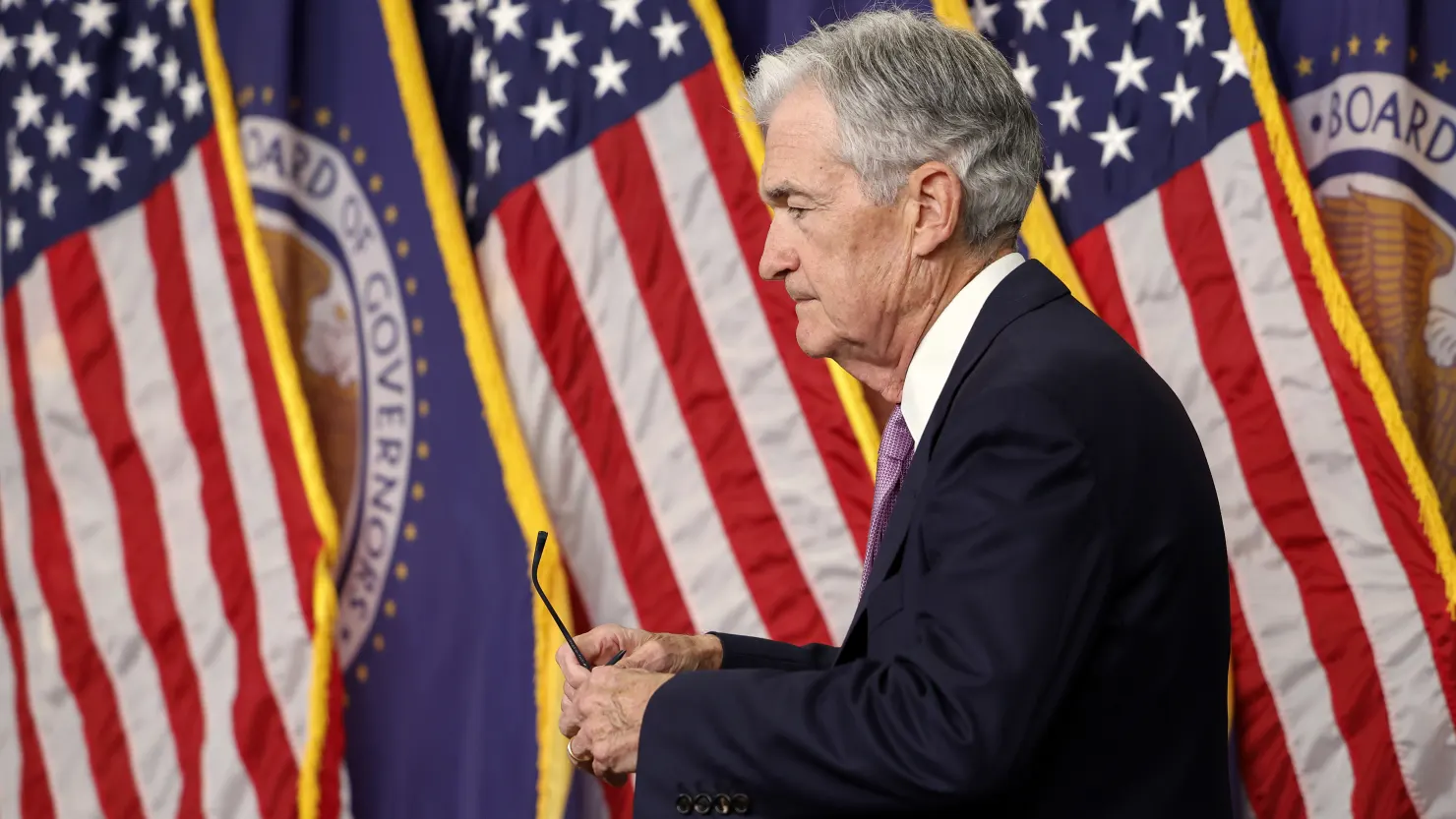Recent inflation data suggests that the Federal Reserve may be nearing its goal of a 2% inflation rate, coming on the heels of the central bank’s significant interest rate cut just weeks ago. Both the consumer price index (CPI) and the producer price index (PPI) for September aligned with expectations, indicating that inflation is gradually moving toward the Fed’s target.
Economists at Goldman Sachs believe the Fed may have already achieved this target. They project that the Commerce Department’s Personal Consumption Expenditures (PCE) price index for September will reflect a 12-month inflation rate of 2.04%, which, if confirmed, would be rounded down to 2% and align perfectly with the Fed’s long-standing objective. This comes more than two years after inflation surged to a 40-year high, prompting an aggressive series of interest rate hikes. The Fed prefers the PCE as its inflation measure, although it considers various indicators when making decisions.
In an interview with CNBC following the release of the latest consumer price data, Chicago Fed President Austan Goolsbee noted, “The overall trend over 12, 18 months is clearly that inflation has come down a lot, and the job market has cooled to a level which is around where we think full employment is.” He added that the Fed would like to maintain both inflation and employment levels in their current ranges.
Potential Challenges Ahead
While recent data indicate that inflation is stabilizing, challenges remain. Prices are not falling significantly from their previous highs, but the rate of increase has moderated. The all-items consumer price index recorded a 12-month rate of 2.4% in September, while the producer price index, a measure of wholesale inflation, showed an annual rate of 1.8%.
Goldman’s prediction of the PCE index reaching 2% aligns with forecasts from the Cleveland Fed, which estimates the 12-month headline PCE rate at 2.06% for September, rounding up to 2.1%. However, on an annualized basis, inflation for the entire third quarter is running at just 1.4%, significantly below the Fed’s target.
Despite these positive signs, the Fed still faces challenges. Core inflation, which excludes food and energy and is viewed as a more reliable indicator of long-term trends, is projected to run at 2.6% for the PCE in September, according to Goldman. The consumer price index’s core inflation figure was even higher at 3.3% for the same month.
Fed officials attribute the unexpectedly high shelter inflation to a major factor driving the core measure, believing it will decrease as rent trends improve. Fed Chair Jerome Powell remarked on September 30 that he expects housing inflation to decline while “broader economic conditions also set the table for further disinflation.”
From a policy perspective, lower inflation may provide the Fed with the opportunity to continue reducing interest rates, particularly as it focuses on the labor market. However, there are concerns about how quickly to implement these changes. The recent half-percentage point cut to the federal funds rate, now at a range of 4.75% to 5%, was unprecedented for an expanding economy. Fed officials are likely to revert to a more standard quarter-point pace moving forward, with Atlanta Fed President Raphael Bostic expressing openness to skipping a move at the upcoming November meeting.
Kurt Rankin, a senior economist at PNC, cautioned that aggressive easing could lead to a spike in consumer demand just as it stabilizes, potentially putting pressure on businesses to meet that demand and driving up their costs.
Futures traders are predicting a high likelihood of the Fed cutting rates by a quarter point at both the November and December meetings, as markets adjust to the evolving economic landscape.





